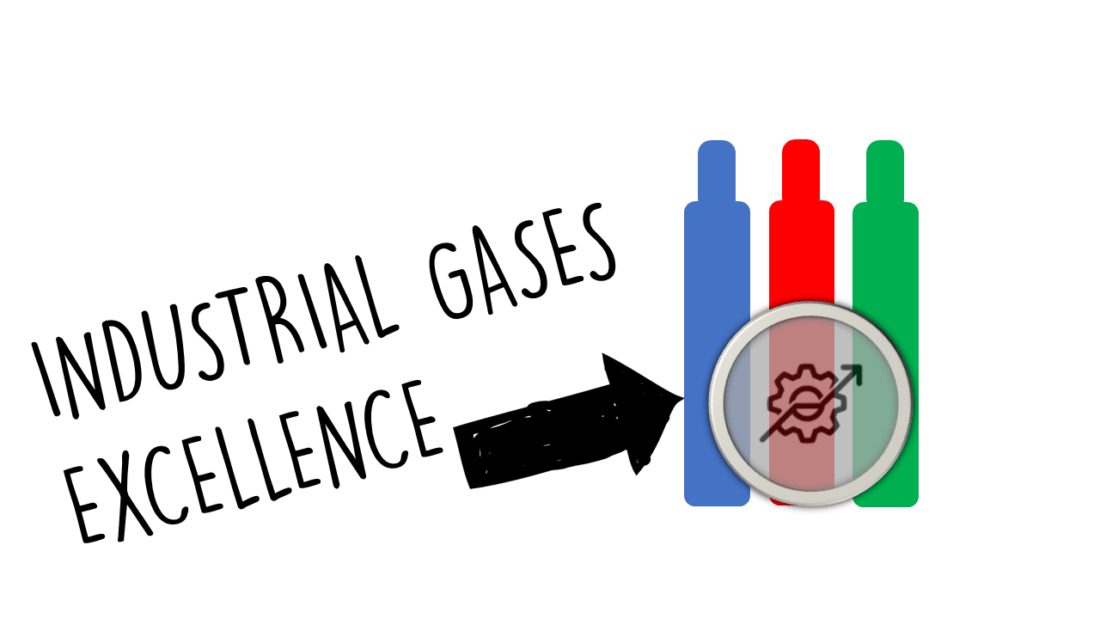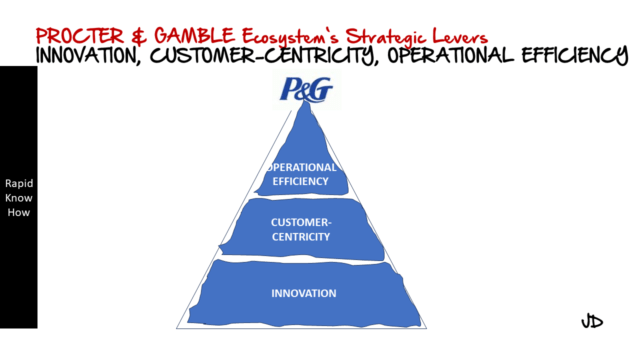Introduction: The Role of Industrial Gases in Driving Cutting-Edge Innovations
Industrial gases play a crucial role in driving cutting-edge innovations across various industries. These gases, such as nitrogen, oxygen, hydrogen, and carbon dioxide, are used in a wide range of applications that are essential for advancements in technology, manufacturing, healthcare, renewable energy, transportation, food preservation, space exploration, and environmental sustainability. In this blog post, we will explore the importance of industrial gases in these different sectors and highlight specific examples of how they are used to push the boundaries of innovation.
Advancements in Cryogenics: Unlocking New Frontiers with Industrial Gases
Cryogenics is the branch of physics that deals with the production and effects of very low temperatures. It has revolutionized various fields by enabling scientists and engineers to explore new frontiers. Industrial gases play a crucial role in cryogenics by providing the necessary cooling and freezing capabilities. For example, liquid nitrogen is commonly used as a cryogenic fluid to freeze and preserve biological samples, such as sperm and embryos, for fertility treatments. It is also used in the food industry to freeze and store food products.
Another example is the use of helium in superconducting magnets for magnetic resonance imaging (MRI) machines. Helium is cooled to extremely low temperatures to achieve superconductivity, which allows for the generation of strong magnetic fields necessary for high-resolution imaging. Without industrial gases like nitrogen and helium, many advancements in cryogenics would not be possible.
Revolutionizing Manufacturing Processes: Industrial Gases as Key Enablers
Industrial gases play a vital role in revolutionizing manufacturing processes by improving efficiency, safety, and product quality. For example, oxygen is used in steelmaking to enhance combustion and increase the efficiency of the process. It is also used in metal cutting and welding operations to provide a clean and controlled environment for precise cutting and joining of metals.
Another example is the use of nitrogen in the electronics industry. Nitrogen is used to create an inert atmosphere during the manufacturing of electronic components, preventing oxidation and ensuring the quality and reliability of the final products. It is also used in the production of semiconductors, where it is essential for maintaining a clean and controlled environment.
The Power of Industrial Gases in Renewable Energy Technologies
Industrial gases play a crucial role in the production of renewable energy, such as solar and wind power. For example, hydrogen is used in fuel cells to generate electricity from hydrogen and oxygen. Fuel cells are a clean and efficient way to produce electricity, with water being the only byproduct. Hydrogen can also be used as a clean fuel for transportation, with fuel cell vehicles emitting only water vapor.
Another example is the use of carbon dioxide in carbon capture and storage (CCS) technologies. CCS is a method of capturing carbon dioxide emissions from power plants and industrial processes and storing them underground to prevent them from entering the atmosphere. Industrial gases like carbon dioxide are essential for reducing greenhouse gas emissions and mitigating climate change.
Pushing Boundaries in Healthcare: Industrial Gases in Medical Applications
Industrial gases play a vital role in healthcare by enabling various medical applications. For example, oxygen is used in respiratory therapy to provide supplemental oxygen to patients with respiratory conditions. It is also used during surgery to maintain proper oxygen levels in the patient’s blood.
Another example is the use of nitrous oxide, commonly known as laughing gas, as an anesthetic during dental procedures. Nitrous oxide provides pain relief and relaxation for patients undergoing dental treatments.
Industrial Gases and the Future of Transportation: Fueling Innovation
Industrial gases are also driving innovation in transportation by providing clean and efficient fuel options. For example, hydrogen fuel cells are being developed as an alternative to traditional internal combustion engines. Hydrogen fuel cell vehicles produce zero emissions, with water being the only byproduct. They offer a sustainable and environmentally friendly solution to reduce greenhouse gas emissions from transportation.
Another example is the use of natural gas as a fuel for vehicles. Natural gas is a cleaner-burning fuel compared to gasoline or diesel, resulting in lower emissions of pollutants such as carbon monoxide and nitrogen oxides. It is also abundant and domestically available, reducing dependence on imported oil.
Enhancing Food Preservation and Safety: Industrial Gases at Work
Industrial gases play a crucial role in food preservation by extending the shelf life of perishable products and ensuring food safety. For example, carbon dioxide is commonly used in modified atmosphere packaging (MAP) to create a protective atmosphere around food products. This helps to slow down the growth of spoilage microorganisms and maintain the quality and freshness of the food.
Another example is the use of nitrogen in food freezing and chilling processes. Nitrogen is used to rapidly freeze or chill food products, preserving their texture, flavor, and nutritional value. It is also used in cryogenic grinding, where it is used to freeze and grind spices, herbs, and other food ingredients into fine powders.
Industrial Gases in Space Exploration: Paving the Way for New Discoveries
Industrial gases are essential for space exploration by providing life support systems, propulsion systems, and scientific instruments. For example, oxygen is used for breathing air in spacecraft and space stations. It is also used as an oxidizer in rocket engines for propulsion.
Another example is the use of helium in scientific instruments such as telescopes and spectrometers. Helium is used to cool down these instruments to extremely low temperatures, allowing for more sensitive measurements and observations.
The Green Revolution: Industrial Gases and Environmental Sustainability
Industrial gases play a crucial role in environmental sustainability by enabling cleaner and more efficient processes. For example, carbon dioxide can be captured from industrial emissions and used in various applications, such as carbonation of beverages or enhanced oil recovery. This helps to reduce greenhouse gas emissions and promote a circular economy.
Another example is the use of nitrogen in wastewater treatment. Nitrogen is used to remove pollutants from wastewater through a process called biological nitrogen removal. This helps to protect water resources and ensure the sustainability of our ecosystems.
Conclusion: The Promising Future of Industrial Gases in Breaking Barriers
In conclusion, industrial gases are driving cutting-edge innovations across various industries. From cryogenics to manufacturing, healthcare to renewable energy, transportation to food preservation, space exploration to environmental sustainability, industrial gases play a crucial role in pushing the boundaries of what is possible. As technology continues to advance, the potential of industrial gases in driving future innovations is promising. By harnessing the power of these gases, we can continue to break barriers and create a better and more sustainable future.




